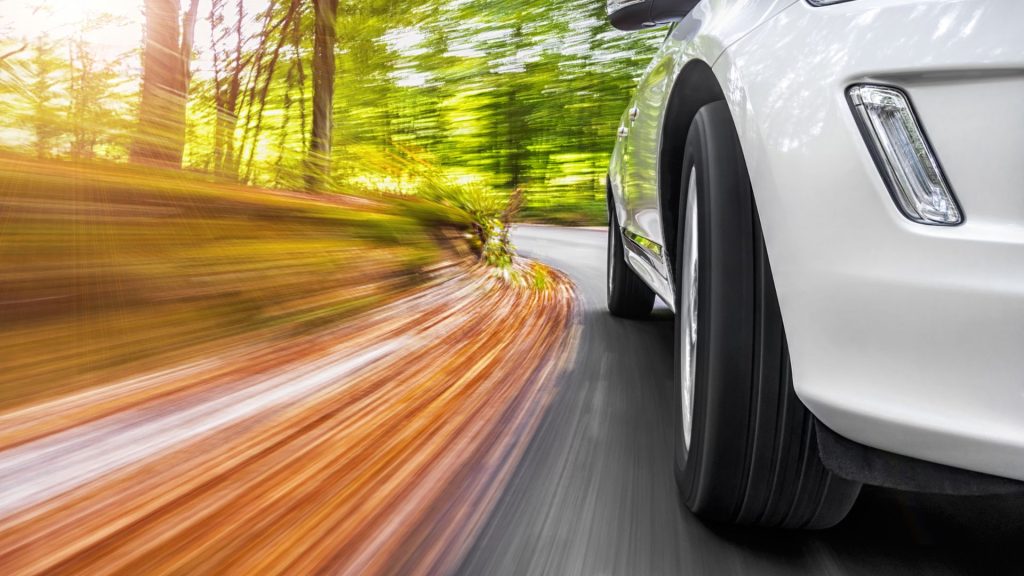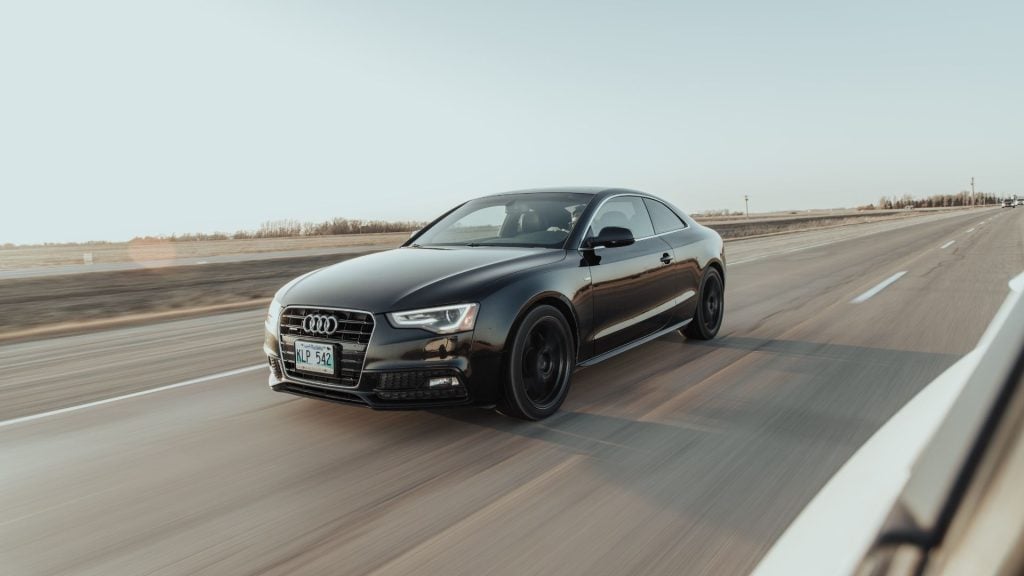Feathering the accelerator — benefits explained
Master the art of feathering the accelerator for a smoother driving experience.

There are numerous driving techniques you can use to improve fuel efficiency or get the most out of your engine’s performance. It all depends on what you wish to achieve, and there’s one term that gets frequently discussed – feathering the accelerator.
So, what does it mean, and how can you apply this technique in a way that benefits your driving? Well, feathering the accelerator means applying only gentle pressure on the gas pedal. It can be particularly useful in situations where you wish to maintain a constant speed or save up some fuel, so let’s see what it’s all about.
What does feathering the throttle mean and how to do it?

Feathering the accelerator means holding your foot lightly on the gas pedal instead of pushing it down while accelerating. Of course, you might need to apply higher pressure when taking off from the traffic light, but you can feather the throttle through the gear shifts and gradually build up speed.
It comes in quite useful while driving on highways and straight roads where you can just relax and hold the foot over the pedal, gently pressing it as you go. You can do this to maintain constant speed by keeping the same amount of pressure or slightly accelerating.
Normally, as you rev up your engine, a larger amount of fuel gets injected into the engine to keep up the performance with a throttle response. However, as you gently press the accelerator, you’ll inject a lower amount of fuel into the engine.
Your performance will be accordant to the pressure, so you won’t speed up as quickly as if you were pushing the throttle down. So, feathering the throttle lets you cruise down the road and it offers some great benefits as you learn to do it properly.
Main advantages of feathering the accelerator

There are some great advantages of feathering the accelerator, and the first thing that comes to mind is having a smooth drive. You can prolong the life span of your engine by doing this regularly, as it won’t suffer from excess heat generated by pressure and friction between engine parts so much.
As you push the throttle down, the engine gets its maximized performance which is a nice feeling for every petrolhead. However, not every engine is built to provide long-lasting high performance and it might lead to worn-off bearings and bushings and cause oil leaks or a blown head gasket.
So, if you are not driving a performance car, feathering the throttle comes in quite nicely in everyday driving. Here are some of the main benefits of it besides keeping your engine alive for a bit longer:
- Boosts fuel efficiency of your car
- Reduces pressure on the brakes
- Helps you park your car without jerking
- Enables smooth driving on the highway
While it can help boost the life span of your engine and reduce wear and tear on engine components and braking system, feathering the accelerator is not always the best. There are some situations where you shouldn’t use this technique, as we’ll elaborate on after going through the benefits.
Improved gas mileage
One of the main benefits of feathering the accelerator is that you can get improved gas mileage. It helps you save up some fuel and it’s especially convenient in situations where you would, either way, use the cruise control to maintain a constant speed.
The fuel efficiency result is nearly the same, while this way you still have the ability of gently accelerating, which comes in useful on highways. Gently switching through the gears is much better for fuel efficiency than pushing the gas pedal harder.
Along with saving fuel, you also reduce gas emissions into the atmosphere, so it’s good both for your pocket and for the environment.
It relieves your braking system
One of the worst things you can do to your brakes is “riding” the brakes, it refers to constantly holding your foot on the brake pedal. It mostly happens as you drive downhill and you can prevent doing this by feathering the accelerator.
First, by keeping a constant speed, you might not need to brake so hard downhill. Also, just gently pressing the accelerator should be enough to maintain control of the vehicle when driving downhill. You’ll just occasionally hit the brakes to slightly reduce the speed, but you won’t have to hold your foot over the brake at all times.
This makes your brake pads last longer, as well as helps keep your brake discs relieved. Feathering while driving downhill also includes raising your foot off the accelerator in some moments and letting the engine braking step up instead of braking manually.
Helps when parking or driving in reverse
Especially if you are driving a manual transmission car, feathering the accelerator can be a good thing. You won’t have to constantly hold and release the clutch, and just slightly pressing the gas pedal will have your car going in reverse without any jerking motions.
Once you learn this technique, it gets easier to drive slowly in reverse with the same amount of pressure on the accelerator. It also helps park your car without the risk of damaging your clutch by constantly pressing the pedal and adding more gas with the accelerator.
Smooth highway driving
The situation where feathering the accelerator works best is while driving on a highway. If you’ve got a long road ahead, it’s the best option to simply cruise with gentle pressure on the gas pedal and gradually build up your speed.
It’s just like using cruise control, only much safer for vehicles that don’t have adaptive cruise control systems or the possibility to increase speed. This way, you can gently accelerate when needed, and you’ll keep the speed and fuel consumption optimal in other situations.
When is it dangerous to feather the accelerator?
While feathering the accelerator comes with so many benefits, sometimes it’s not the safest thing to do. For instance, you can’t overtake a car by merely applying gentle pressure on the accelerator, or at least you can’t do it in the safest possible way.
Overtaking should be precise and fast with the signal to the driver up ahead so everyone knows what you are doing. If it takes too long to overtake a car, your risk a frontal collision with the driver from the opposite direction. Even driving on a highway requires fast overtaking, since someone could be driving much faster than you in the “fast” lane.
So, you’ll want to overtake as fast as possible and return safely to your lane and you can continue to feather the throttle afterward. It’s also dangerous to feather the accelerator when joining the highway since vehicles already on it might be driving much faster than you.
Our take
After going through this guide, you now know what feathering the accelerator means and situations where it comes in useful. Overall, it’s a driving technique that every driver should know, and it comes in particularly useful when trying to improve gas mileage and relieve the pressure on your engine and brakes.
Just make sure not to accelerate hard suddenly while feathering the accelerator, since pushing the throttle down on low RPMs could hurt your engine and transmission.
What is feathering the gas pedal?
Feathering the gas pedal is gently pressuring the gas pedal to slowly build up speed and cruise on the highway to save on fuel and increase the life span of your engine and brakes.
What is feathering the acceleration?
Feathering the acceleration is slowly increasing your speed instead of pressing hard on the gas pedal.
How do you feather a throttle?
You can feather a throttle by slightly pressing the pedal and maintaining the same pressure level as you drive. Driving downhill could require occasional lifts from the pedal to maintain the speed while descending.
How do you press the accelerator gently?
You press the accelerator gently by keeping your foot over the gas pedal and slightly pushing it down to build up speed slowly.